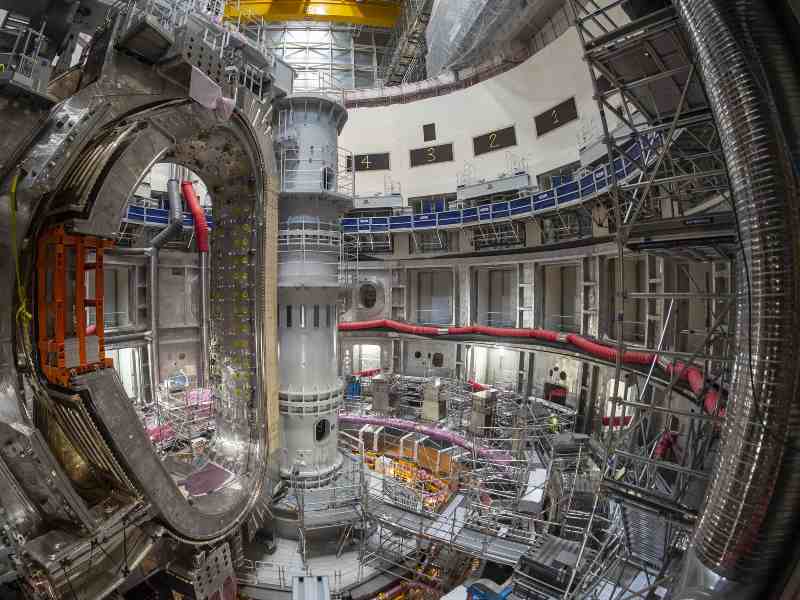
Mitsubishi Heavy Industries has completed delivery of testing equipment to the Rokkasho Fusion Institute in Japan’s Aomori Prefecture, to demonstrate the safety of the ‘blanket’, a core component of a nuclear fusion reactor.
The blanket is one of the components of the inner wall of the fusion reactor. It extracts the heat generated by the reactor, as well as provides for breeding and self-sustainment of tritium, which is used as fuel.
Rokkasho Fusion Institute is part of Japan’s National Institute for Quantum Science and Technology, the domestic agency leading the development of the country’s blanket system for the ITER fusion project being developed in France.
The blanket system being developed at this research center will be used as Japan’s Test Blanket Module (TBM) for the ITER-TBM project.
The ITER-TBM project is the world’s first test of blanket systems in an actual reactor environment, taking place at ITER. It aims to conduct functional demonstration testing of different TBM systems, each developed independently by four of the seven participating countries (Japan, EU, USA, Russia, South Korea, China, and India).
The results from this project will influence the relative merits of blanket systems for commercial reactors in the future, therefore each country is developing TBMs with demonstrated functionality and safety.
The testing equipment supplied by MHI to test the blanket system comprises four systems, the High Heat Flux Test Equipment, In Box Water Eruption Test Equipment, Be-Water Reaction Test Equipment, and Flow Assisted Corrosion Test Loop.
These testing systems will be used for various experiments aimed at testing the safety and efficacy of Japan’s blanket system for the ITER-TBM project.
MHI was previously awarded contracts from QST for the manufacture of core components for ITER, including five toroidal field coils, and six units of the divertor outer vertical targets.
ITER fast facts
In southern France, 35 nations are collaborating to build the world’s largest tokamak, a magnetic fusion device that has been designed to prove the feasibility of fusion.
The ITER Members include China, the European Union, India, Japan, Korea, Russia and the United States that have combined resources for this project.
The seven Members will share the cost of project construction, operation and decommissioning. They also share the experimental results and any intellectual property generated by the fabrication, construction and operation phases.
ITER’s First Plasma is scheduled for December 2025.
The project will see the integration and assembly of over one million components (ten million parts), built in the ITER Members’ factories around the world and delivered to the ITER site.